Buried Evidence: Unearthing Ancient Asteroid Impact Sites

Introduction
When we think of asteroid impacts, our minds often jump to the devastating consequences that can result from a large or recent impact. However, many asteroids strike our planet without causing immediate destruction, leaving behind subtle evidence in the form of craters and other indications. In this article, we will explore some of the buried evidence of ancient asteroid impact sites.
Impact Ejecta
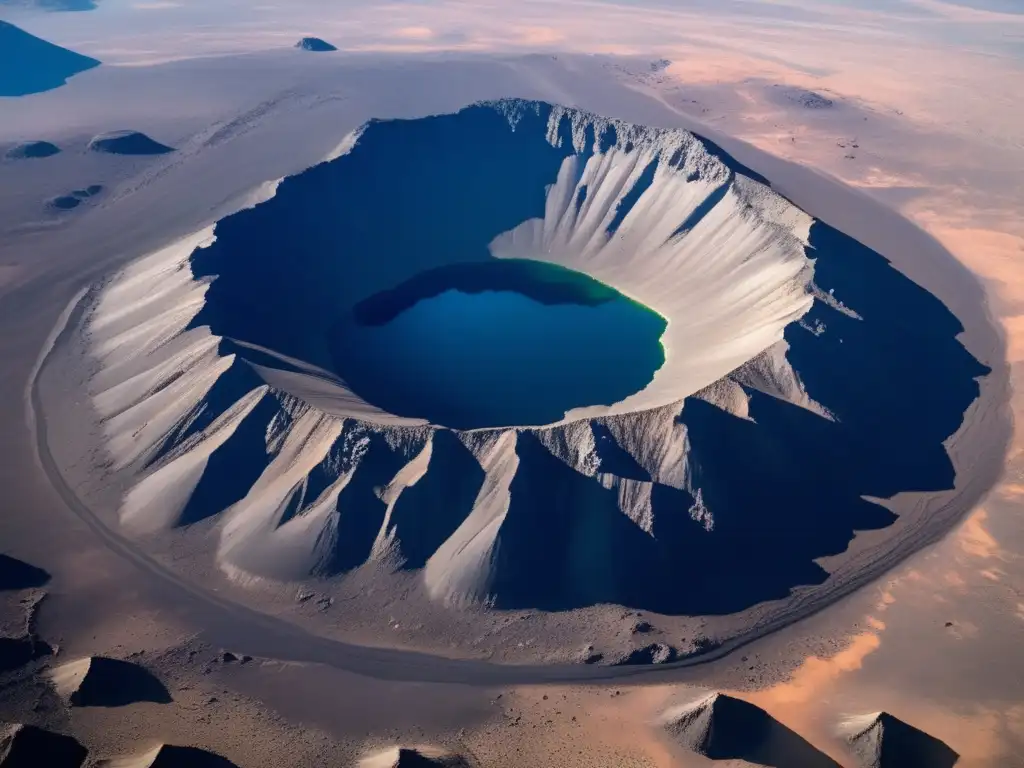
What is impact ejecta?
When an asteroid collides with Earth, it can create a variety of debris that is thrown outward from the impact site. This debris is collectively known as impact ejecta and can include bits of rock, dust, and even melted material from both the asteroid and the impacted surface.
How can we find it?
Impact ejecta can be found in a variety of locations, depending on the size and force of the impact. It can be scattered around the immediate vicinity of the impact site, or it can be thrown much farther, potentially covering a wide area. Scientists can search for this material by examining sediment or rock layers that correspond to the time period when the impact occurred, looking for unusual mineral compositions or features that suggest the presence of impact ejecta.
What can it tell us?
The composition of impact ejecta can provide valuable information about the asteroid itself, as well as the conditions at the time of impact. For example, if the ejecta contains fragments of a particular type of asteroid, we can learn more about the types of asteroids that pose a potential threat to our planet. Additionally, the study of ejecta can reveal details about the energy and speed of the impact, as well as the resulting effects on the environment and climate.
Underground Craters
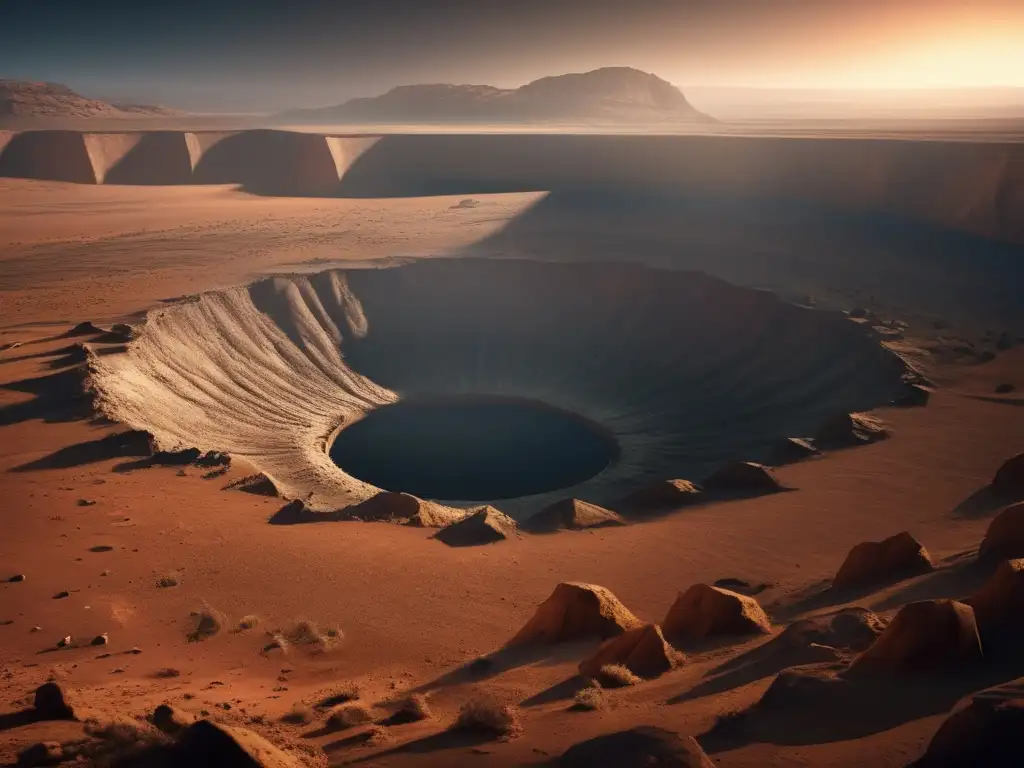
How can an impact leave a buried crater?
While some asteroid impacts create obvious craters on the surface of our planet, others can also create underground craters that are hidden from view. When a fast-moving asteroid strikes the Earth's surface, it can excavate a bowl-shaped depression, which then collapses back in on itself due to the force of the impact. This can result in a sunken area or depression that may not be immediately visible.
How can we find them?
Scientists can use a variety of techniques to detect the presence of buried craters. One method involves using seismic waves to create images of the subsurface, allowing researchers to identify areas with unusual patterns or structures that suggest the presence of an impact crater. Another approach involves studying the chemical composition of rocks and minerals in an area, looking for signs of shocked material or other indicators of an impact event.
What can they tell us?
Buried craters can reveal important information about past asteroid impacts, including the size and velocity of the asteroid, as well as the resulting effects on the surrounding environment and climate. They can also offer clues about the geological history of a particular region, helping scientists to better understand the formation and evolution of our planet.
Asteroid Impacts and Extinction

What is the connection between asteroid impacts and extinction events?
It is now widely accepted that one of the most devastating mass extinctions in Earth's history was caused by an asteroid impact. Approximately 66 million years ago, a large asteroid struck what is now the Yucatan Peninsula in Mexico, creating a crater that is over 110 miles wide. This impact is thought to have resulted in a catastrophic disruption of the global environment, leading to the extinction of the non-avian dinosaurs and many other species.
What can we learn from studying these events?
Studying the link between asteroid impacts and mass extinctions can provide valuable insights into the potential risks posed by near-Earth asteroids. Understanding the effects of past impacts on the environment and climate can help us prepare for future events, and may even inspire solutions for mitigating the damage caused by large asteroid impacts.
What are some other examples of asteroid impacts causing extinction events?
In addition to the famous event that killed the dinosaurs, there have been several other mass extinctions that are thought to have been caused by asteroid impacts. For example, the end-Devonian extinction, which occurred approximately 359 million years ago, is associated with a series of impacts that may have triggered widespread environmental changes and a sharp decline in biodiversity.
Frequently Asked Questions
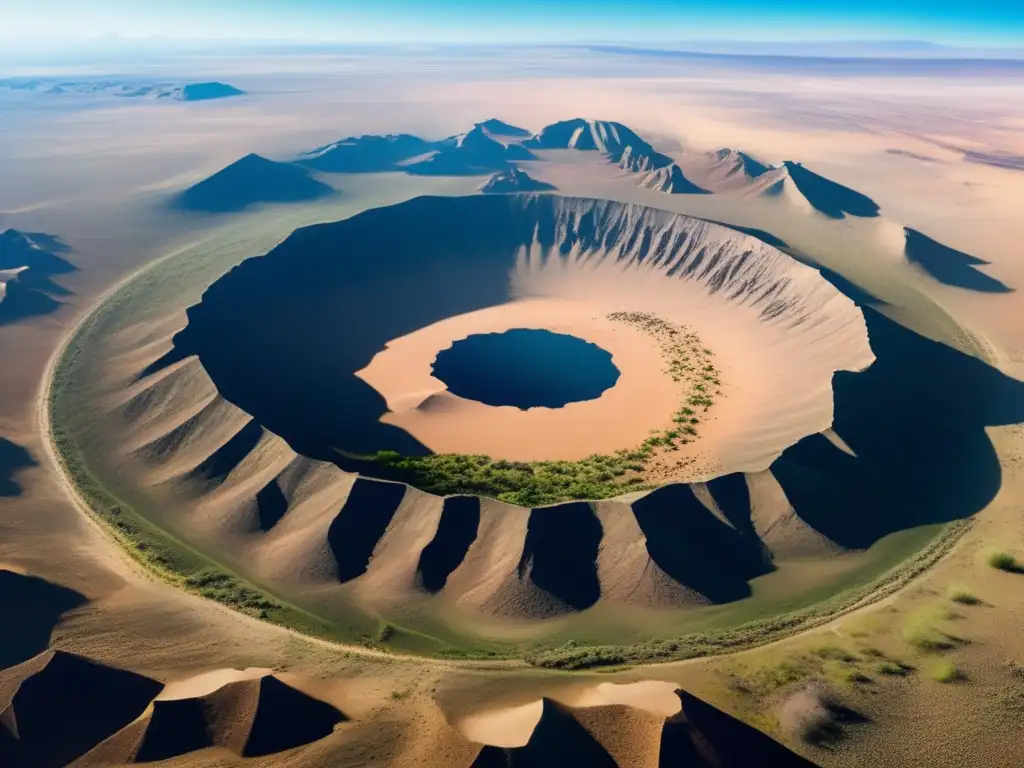
-
How often do asteroids hit Earth?
Asteroids strike Earth with some regularity, but most are small enough to burn up in the atmosphere or crash harmlessly into unpopulated areas. It is estimated that a significant impact capable of causing widespread destruction occurs once every few thousand years.
-
If an asteroid impact is discovered, what measures can be taken to prevent or mitigate damage?
There are a number of strategies that could potentially be employed to mitigate the damage caused by an asteroid impact. These include deflecting the asteroid's trajectory using advanced propulsion systems or gravitational forces, as well as developing early warning systems that can alert populations and governments to potential impact threats.
-
What are some of the most famous asteroid impact craters?
Some of the most famous asteroid impact craters include the Chicxulub Crater in Mexico, which is associated with the extinction of the dinosaurs, and the Barringer Crater in Arizona, which was created by a smaller asteroid impact approximately 50,000 years ago.
-
Are there any ongoing efforts to study or prevent asteroid impacts?
Yes, there are a number of international initiatives dedicated to studying near-Earth asteroids and developing strategies for preventing or mitigating the effects of asteroid impacts. These include NASA's Planetary Defense Coordination Office and the European Space Agency's Space Situational Awareness Program.
-
Is it possible to extract valuable resources from asteroids?
Yes, there has been growing interest in mining asteroids for their resources, which can include valuable metals and minerals as well as water and other substances that are critical for space exploration and habitation.
Conclusion
Asteroid impacts may be rare events, but they have played a significant role in shaping our planet and its history. By unearthing the buried evidence of ancient impact sites, we can gain valuable insights into the risks and potential consequences of future impacts, as well as the formation and evolution of our solar system. It is important that we continue to study these events and develop strategies for mitigating their potential impact on our planet and our species.
Thank you for reading this article on Asteroid Realm. We encourage your thoughts and comments on this important topic, as well as your continued engagement with our site and community.
Additional Resources
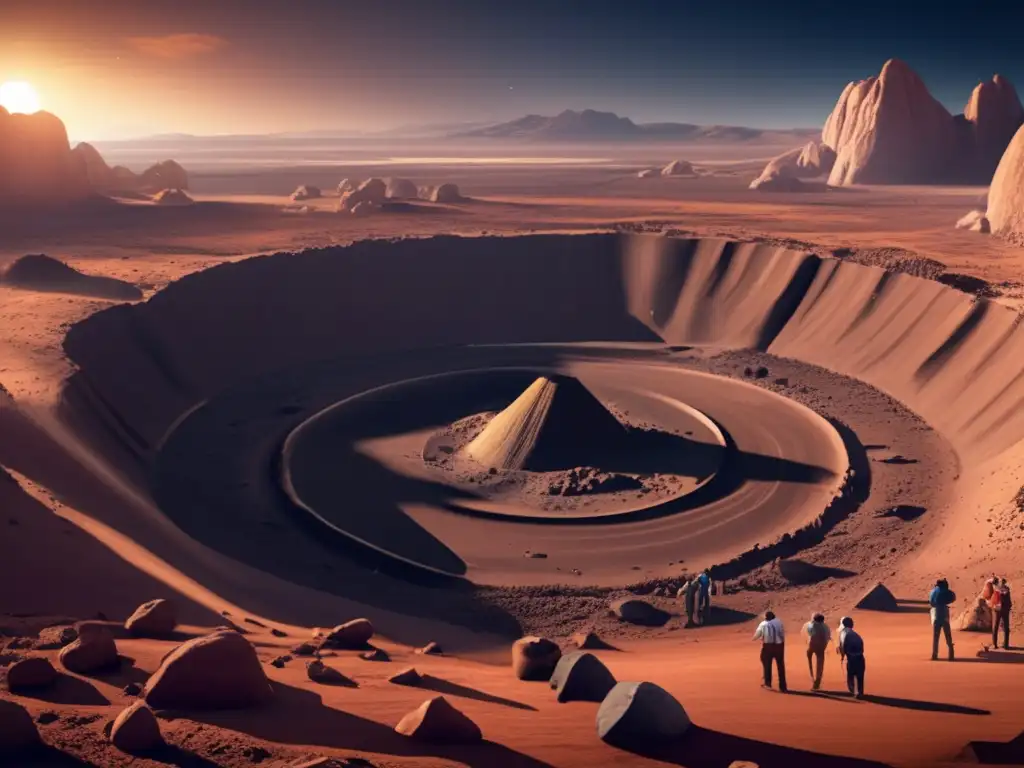
For more information on asteroid impacts and related topics, check out the following resources:
- NASA Planetary Defense Coordination Office
- ESA Space Situational Awareness Program
- Impact Earth! Online Tool
- American Meteor Society Guide to Meteor Showers
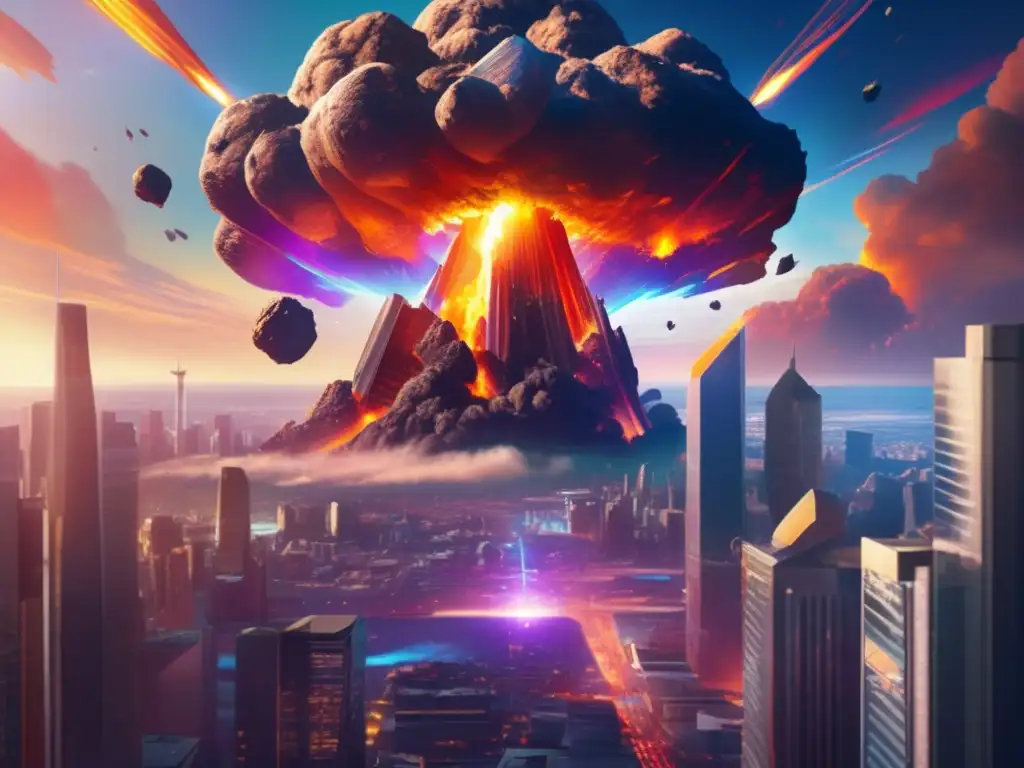 Danger From Above: The Constant Threat Of Asteroid Impacts
Danger From Above: The Constant Threat Of Asteroid Impacts Raining Rocks: The Effects Of Meteor Showers And Asteroid Strikes
Raining Rocks: The Effects Of Meteor Showers And Asteroid Strikes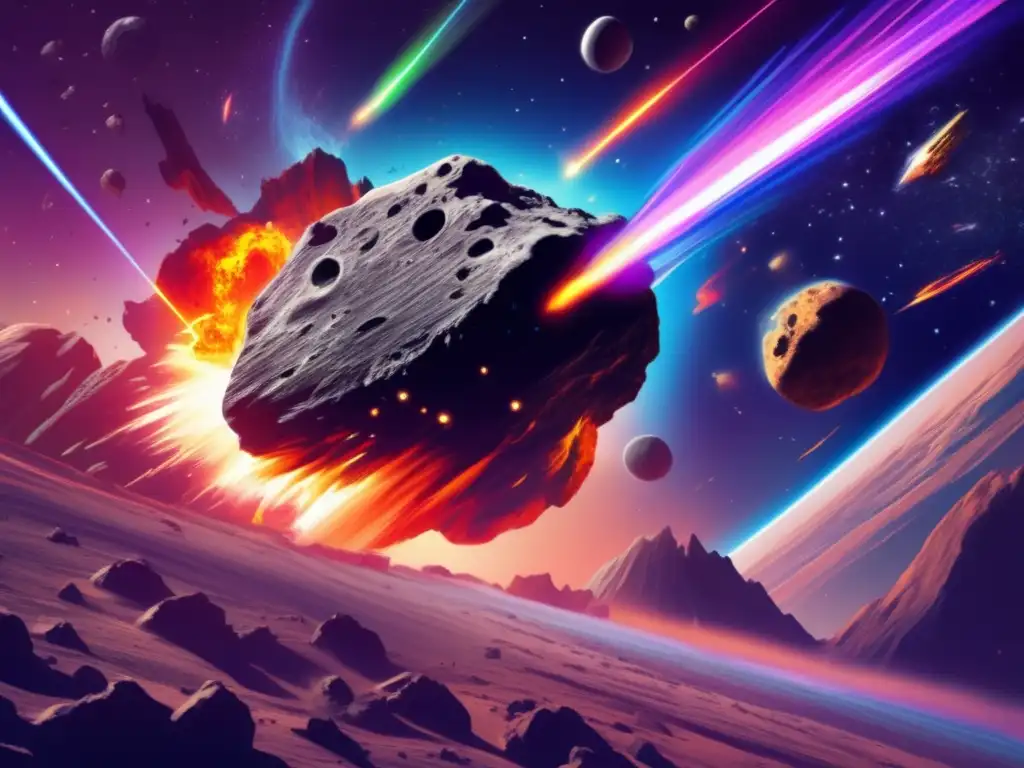 The Real Armageddon: Asteroids And The End Of The World
The Real Armageddon: Asteroids And The End Of The WorldIf you want to discover more articles similar to Buried Evidence: Unearthing Ancient Asteroid Impact Sites, you can visit the Asteroid Impacts category.
Leave a Reply

Articulos relacionados: